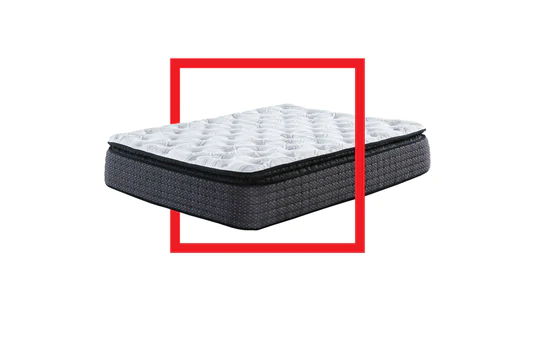How can you get the best out of your mattress for the best baby sleep?
It is always much more important to chose your mattress carefully when furnishing your home and bedroom. That item is the only one to help you get your best sleep and rest, and get relieved from the tiredness and stress of the day.
First step is to chose the correct size and thickness.
When choosing the size and thickness of a mattress, it is also essential to consider your budget. Thicker and larger mattresses tend to be more expensive than thinner and smaller ones. However, investing in a high-quality mattress that is the right size and thickness for your needs can improve your sleep quality and overall health, making it a worthwhile investment.
How should I decide the size and thickness of a mattress?
Choosing the right size and thickness of a mattress depends on several factors, such as your personal preference, sleeping habits, body type, and budget. Here are some general guidelines that can help you make an informed decision:
1. Size: The size of the mattress you choose will depend on the size of your bed frame and the number of people who will be sleeping on the mattress. The most common sizes of mattresses are twin, full, queen, king, and California king.
* Twin size: 39" x 75"
* Full size: 54" x 75"
* Queen size: 60" x 80"
* King size: 76" x 80"
* California King size: 72" x 84"
2. Thickness: The thickness of a mattress can affect its comfort and support level. A thicker mattress usually provides better support, but it may not be as comfortable as a thinner mattress, especially if you prefer a softer surface.
* A mattress with a thickness of 8 to 10 inches is suitable for most people, particularly those who sleep on their back or stomach.
* A mattress with a thickness of 10 to 12 inches is ideal for side sleepers or people who have a larger body type.
* A mattress with a thickness of more than 12 inches may be too thick for some people, particularly those who prefer a firmer surface.
Second step is to get the correct temperature while sleeping. What makes it a cool sleep on a mattress?
A cool sleep on a mattress is often achieved through several factors, such as:
1. Breathability: A mattress that allows for proper airflow and ventilation can help keep you cool while you sleep. Mattresses with breathable materials such as latex foam or gel-infused memory foam can provide enhanced cooling properties.
2. Heat dissipation: Mattresses that are designed to dissipate heat can help to regulate your body temperature while you sleep. Materials such as copper or graphite can absorb excess heat and help keep you cool.
3. Moisture-wicking properties: Some mattresses are designed with moisture-wicking properties, which can help to keep you dry and comfortable throughout the night. This can be especially important for individuals who tend to sweat during the night.
4. Cooling technology: Some mattress brands use advanced cooling technologies, such as phase-change materials or cooling gel layers, to help regulate body temperature and provide a cooler sleeping experience.
5. Room temperature: It's important to note that the temperature of your bedroom can also play a role in how cool you feel on your mattress. Keeping your room cool and well-ventilated can help to promote a comfortable sleeping environment.
Next step is to take very good care of your mattress for a long time service. Now this brings up the question:
How should I take care of my mattress for keeping its form and long life?
Proper care and maintenance of your mattress can help keep its form and extend its life. Here are some tips for taking care of your mattress:
1. Rotate your mattress regularly: Rotating your mattress every 3-6 months can help distribute the wear and tear evenly and prevent sagging.
2. Use a mattress protector: A mattress protector can protect your mattress from spills, stains, and dirt. It can also prevent dust mites and other allergens from settling on the surface.
3. Clean your mattress: Vacuum your mattress regularly to remove dust and debris. You can also spot-clean stains using a mild detergent and warm water.
4. Don't jump on your mattress: Jumping on your mattress can damage the springs and foam layers and cause premature sagging.
5. Avoid sitting on the edge of your mattress: Sitting on the edge of your mattress can also cause sagging over time.
6. Keep your mattress dry: Avoid exposing your mattress to moisture, which can lead to mold and mildew growth. Use a dehumidifier or air conditioner in humid climates.
8. Follow the manufacturer's instructions: Different types of mattresses may have specific care instructions. Always refer to the manufacturer's instructions for specific guidance on how to care for your mattress.
By following these tips, you can help keep your mattress in good condition and extend its life.



